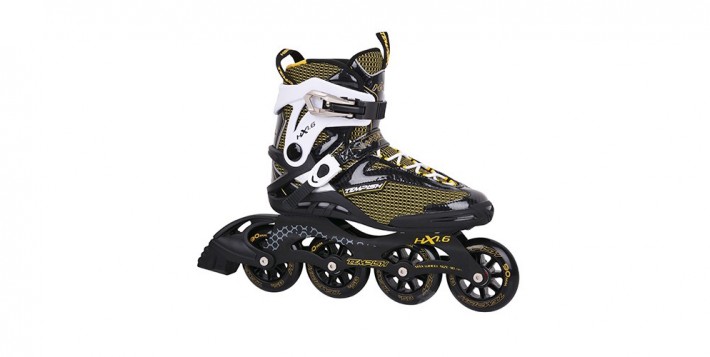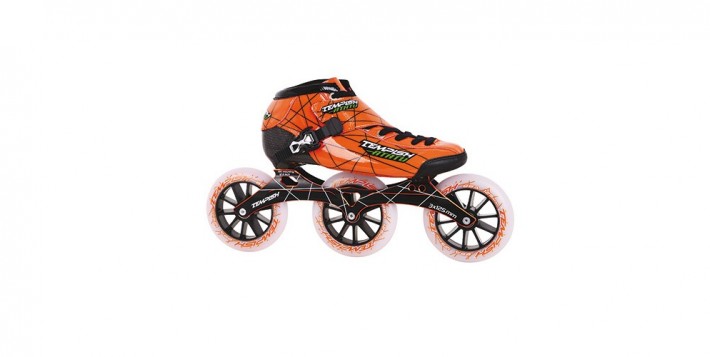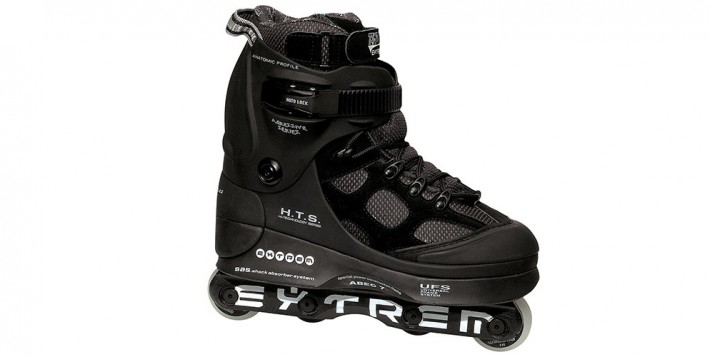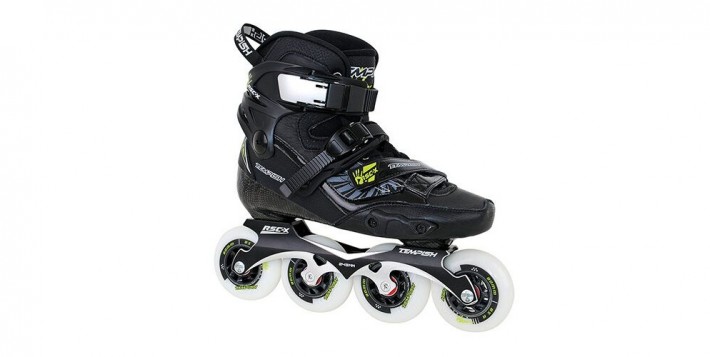CHOOSE ROLLER SKATES
Roller skates are divided into four categories, depending on how we want to use skates:
- Fitness
- Speed
- Aggressive & Freestyle
- Hockey

FITNESS
Skates in this category are intended for classic skating as we all know it. It is skating on roads and bikeways. Skates for fitness skating should meet the following parameters. The most important parameter is their weight – they should be light, comfortable and also what is certainly no less important - it should be achieved optimum balance between lightness and manoeuvrability. There is a wide range of wheels for fitness skates, but the general rule is - the wheels having a larger diameter will run faster. It means that beginners should use rather smaller wheels. On the contrary, more experienced skaters who are not afraid of speed and are appropriately confident, can easily ride on larger wheels.

SPEED
These skates can be recognised very easily. The wheel diameter can be up to 125 mm and in comparison to other skates the shoe is low. For these skates lightweight, high-quality materials are used which provide skaters during races with necessary comfort and speed. This kind of skates is intended for highly experienced and skilled skaters who like speed and of course for racers.

AGGRESSIVE
As the name suggests, these skates are designed for a little different style of skating. This type of skates can withstand much more aggressive (rough) style of skating, like jumping on U - ramps, sliding handrails and other tricks that belong to freestyle skating. These skates are heavier than other types because of better resistance, which is necessary in freestyle. Another distinctive feature of these skates are small wheels that ensure greater stability at impact. It is of course possible to ride with these skates on normal roads as well, but because of small wheels more energy is needed than when riding on fitness skates.

FREESTYLE
Skates "free riding" - there are two types of specialized skates. One is intended for street or urban, and an emphasis is put on weight and shell hardness. The boot is usually made of plastic. These skates are also suitable for beginners for freestyle slalom. The other type is slalom skates that are now produced with a high proportion of carbon or fiberglass components which in reduced weight provide greater hardness and better reaction of the skate while skating. Chassis (frame) is most commonly produced of a mixture of aluminium or with additives of magnesium, the length of the chassis should be as short as possible for easy controllability - standard chassis size for boots above the size 42 is 243 mm. Wheels are used in larger hardness than ordinary fitness wheels.
